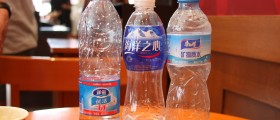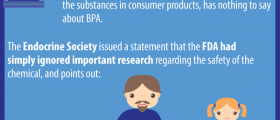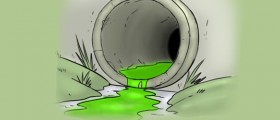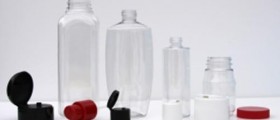
The water debate continues. Is bottled water really the healthiest, tastiest and generally better option than the regular tap water, or is it the best marketing fraud of all times? Perhaps something that most of Americans can get almost for free from their kitchen is just bottled and branded to cost approximately 2000 times more than tap water.
Quality regulations
Bottled water companies are focused on manufacturing consumers demand for bottled water by making people feel scared and insecure if they drink tap water. Bottled water is commonly depicted as pure, healthy and natural, implying that the tap water is quite the opposite. However, one independent research tested 1,000 bottles of 103 brands of water, and found out that at least one sample of a third of the brands contained bacterial or chemical contaminants, including carcinogens. Moreover, in the United States, tap water is regulated by the Environmental Protection Agency (EPA) while bottled water is regulated by the Food and Drug Administration agency (US FDA).
The Environmental Protection Agency conducts annual examinations published in Annual Water Quality Report. This report reflects the results of testing for numerous water pathogens that may be harmful to humans’ health. Bottled water manufacturers are not obliged to conduct these detailed examinations, because FDA has no reporting requirements concerning the quality of water. This means that the city tap water is required to be free from various toxins and dangerous chemicals that may even cause cancer. Bottled water industry is, however, free from this regulation.The problem with plastic
It is estimated that Americans purchase approximately 4 billion gallons of water each year, in individual-portion bottles. Just 1 billion bottles would be enough to circle the globe 5.4 times, or would span the distance between Los Angeles and Tokyo 23 times. About 80 percent of all these bottles end up in landfills, where they may sit for thousands of years, or in incinerators, where they are burned, releasing toxic pollution. The remaining 20% are the bottles that get collected for recycling.
The widespread use of plastic has led to an enormous rise in the volume and toxicity of hazardous chemicals and wastes in the environment. Most of these chemicals are known to cause cancer, birth defects and damage to reproductive systems.
Another significant problem with plastic bottles is that plastic from the bottles leaches into the water, especially if being stored for a long time in the storage space. High temperatures are changing the chemical balance in the plastic so that the materials from the plastic leach into the water.

















Your thoughts on this
Loading...